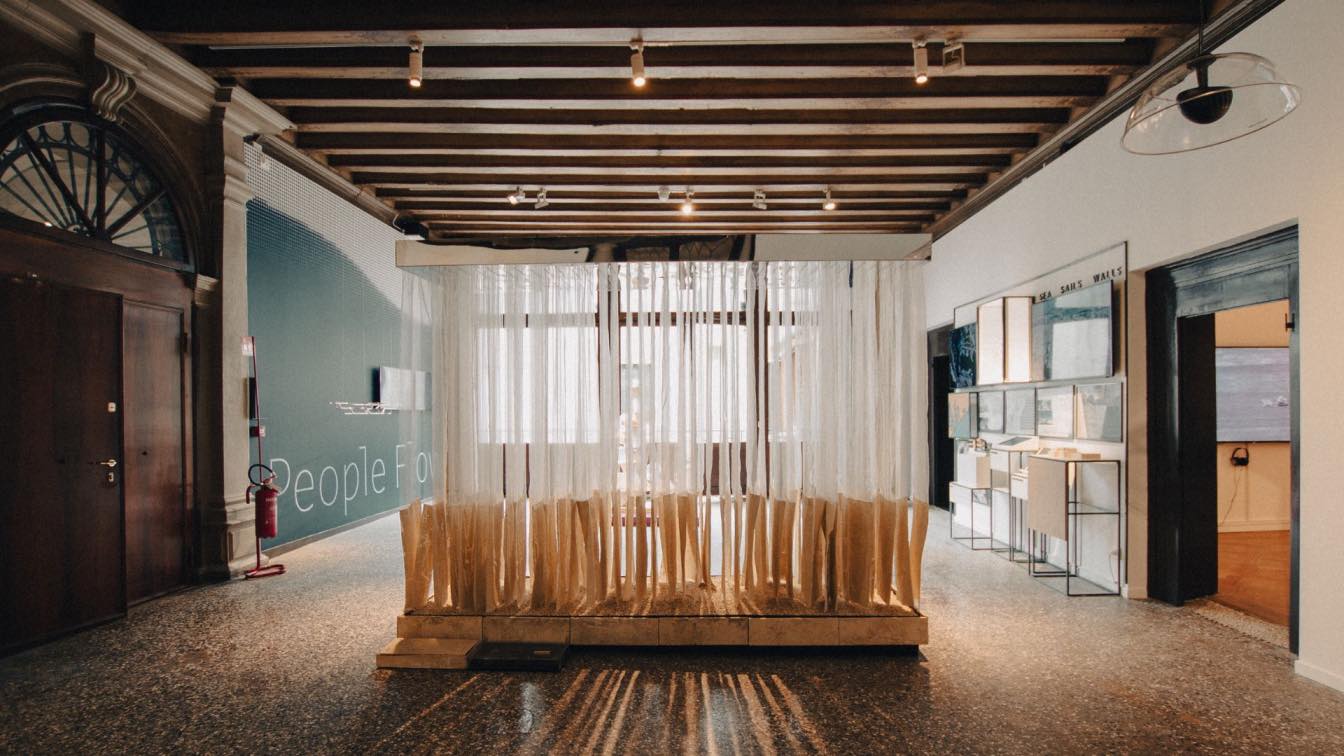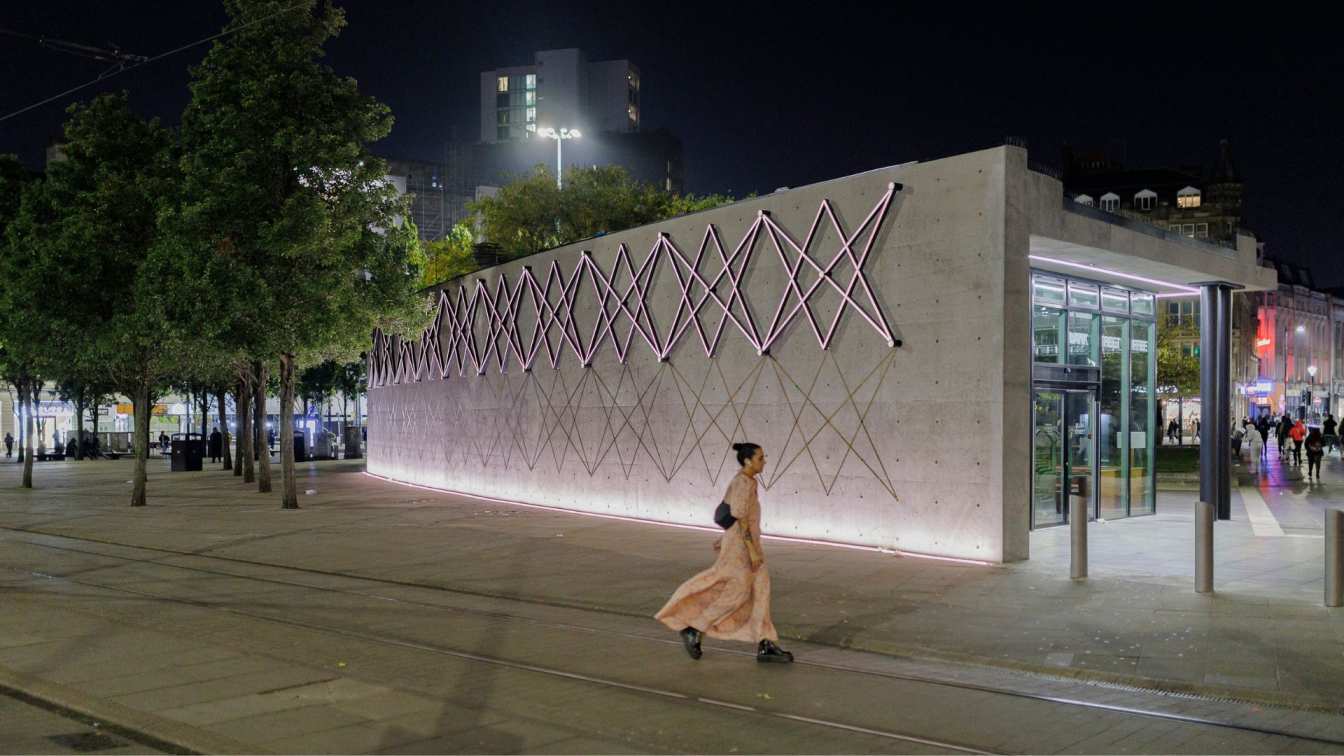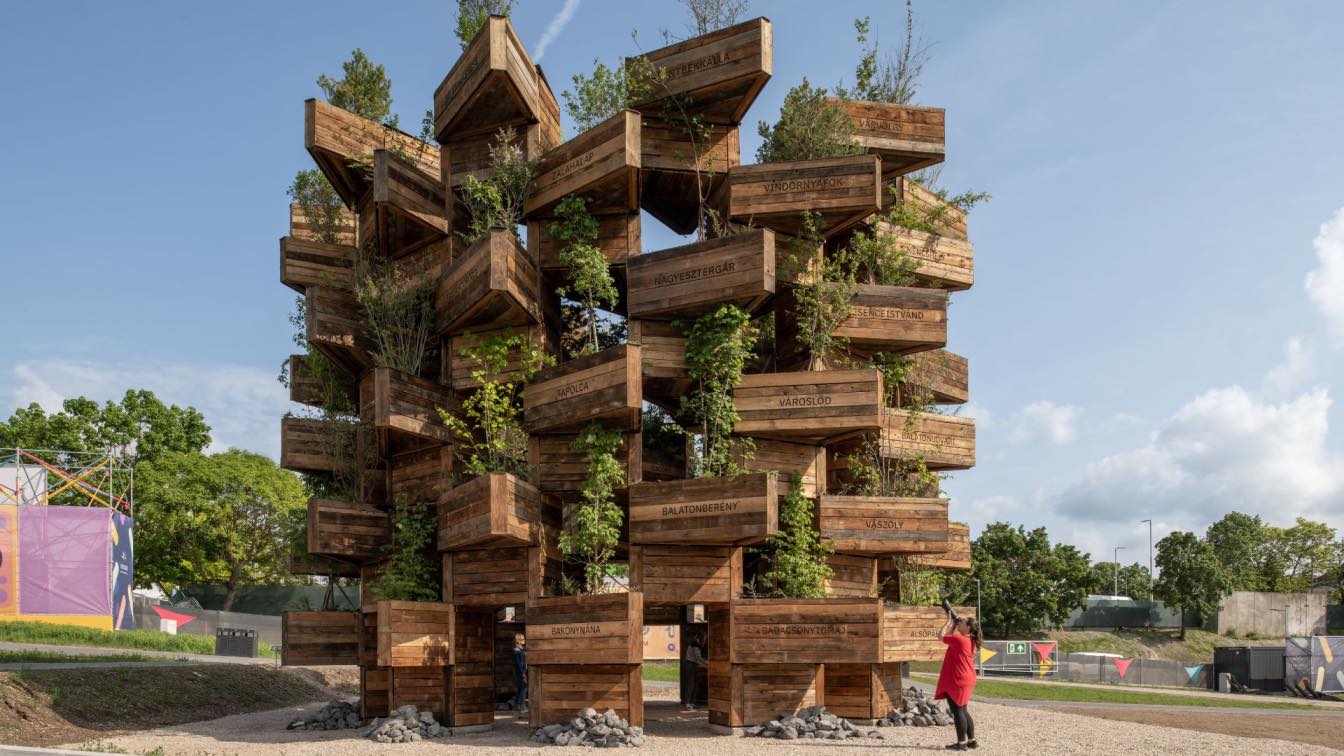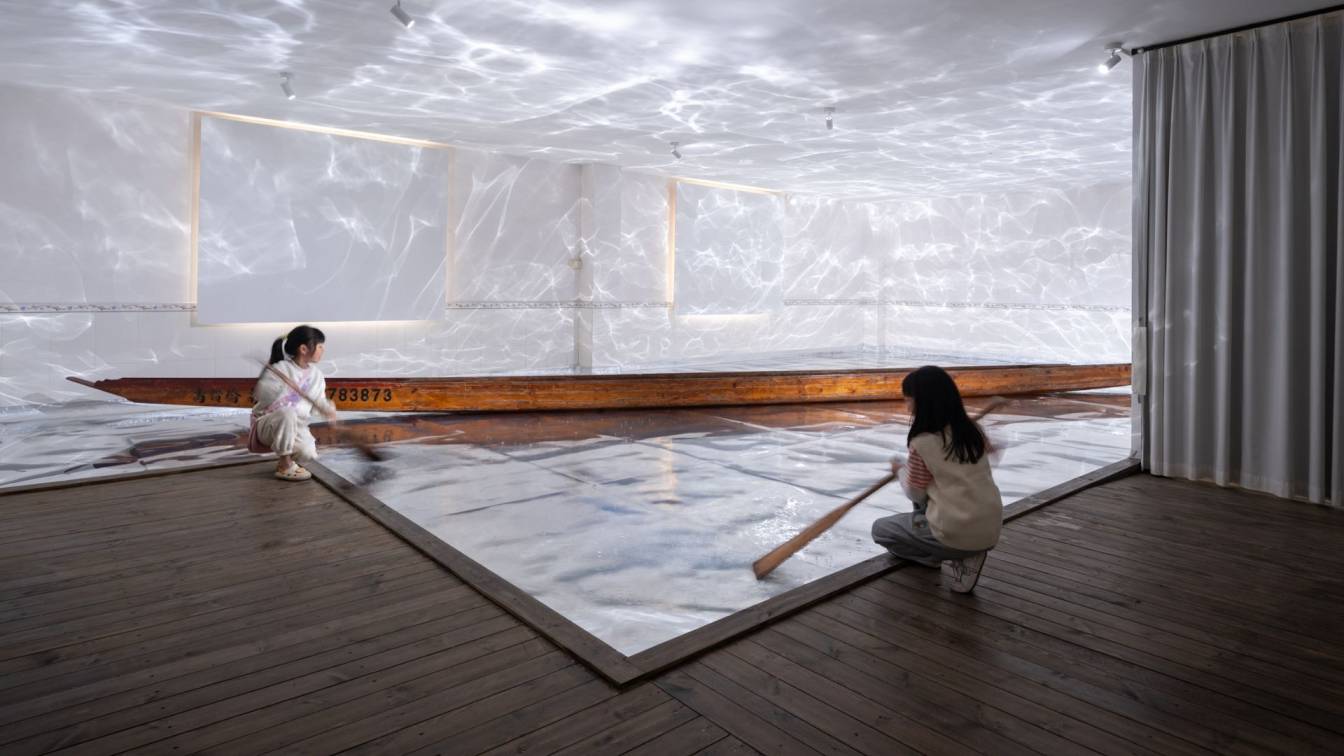3DM Architecture: Issa is part of the Time, Space, Existence exhibition at the 2023 Venice Biennale. It is open to the public at the Palazzo Bembo, and will remain on display until November 2023.
Manifiest
I S S A adverb now issa
adverb
• at the present time or moment: "Why are you living now?"
• at the present time, not in the past or future.
Once a Prehistoric Island in the middle of the Mediterranean, Malta has, throughout time, served as a connection between the African and European Continents and the Eastern and Western cultures, becoming a melting pot of cultures. It is evident that we are presently experiencing an architectural crisis within the contemporary built environment that surrounds us, driven by a desire for an aspirational future. Ever since Prehistoric times; prominent civilisations left their architectural legacies on the island proudly, utilising the best knowledge of the time whilst soulfully portraying their identity through the passage of time as a mirror image of the civilisation's VALUES. but what about now, I S S A?
The influence of European, Arabic and British cultures has resulted in a cacophony of architectural languages and technology that for centuries responded to both the context and its time.

In recent times, the technological revolution and social media has opened the country on an international level like never before. As a result, we find ourselves living in a contemporary era where architecture has become a piece of mass production corrupted by the replication of the effortlessly accessible content resulting in a lack of identity. Quality and craftsmanship have been left aside in the search for faster and more profitable formulas.
The constant overwhelming imagery and information through social media, made it easy for society to replicate the concepts they represent, often creating a sense of alienation and resulting in a state of architectural entropy. In search for adaptation to the available content, Maltese architecture finds itself in an identity vacuum. In a commitment to contemporary global languages and strategies, the local prehistoric architecture can be seen as the purest example to rethink where throughout the passage of time it has been replaced by thoughtless, desensitized and out-of-context designs. When this situation becomes the norm, society forgets its original values and adopts a false sense of nostalgia. In this contemporary scenario going back to the roots is crucial.
When a society is portraying architectural entropy and disorder, it shall rethink its identity and go back to its roots' principles, orders and materiality.
“Architecture is the very mirror of life,” Pei says. “You only have to cast your eyes on buildings to feel the presence of the past, the spirit of a place; they are a reflection on society.”
I S S A is a void that encourages the user to be lost in the now. It is a connection between the self and the moment. An aura of mystery translated into matter, defined by a timeline of materials from the ground rising up, representing the past, and the now. The space provokes an emotional reaction; a sensitive awareness for the user to reconnect with their existence.






















